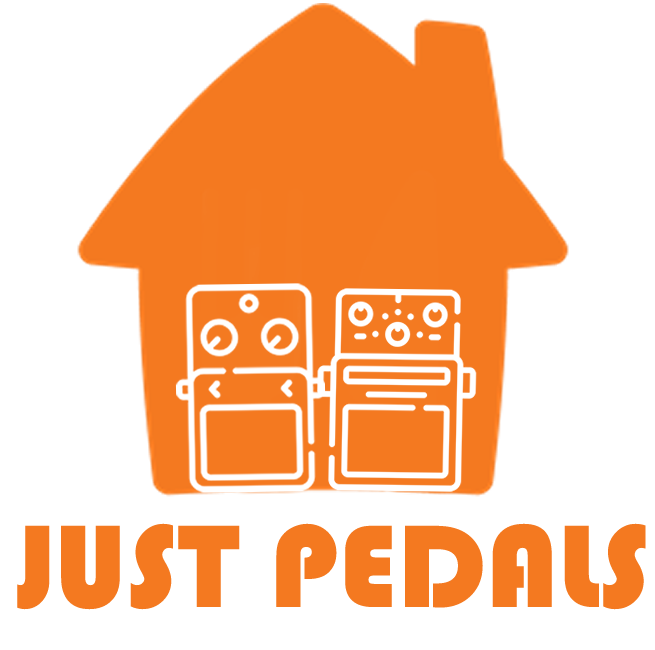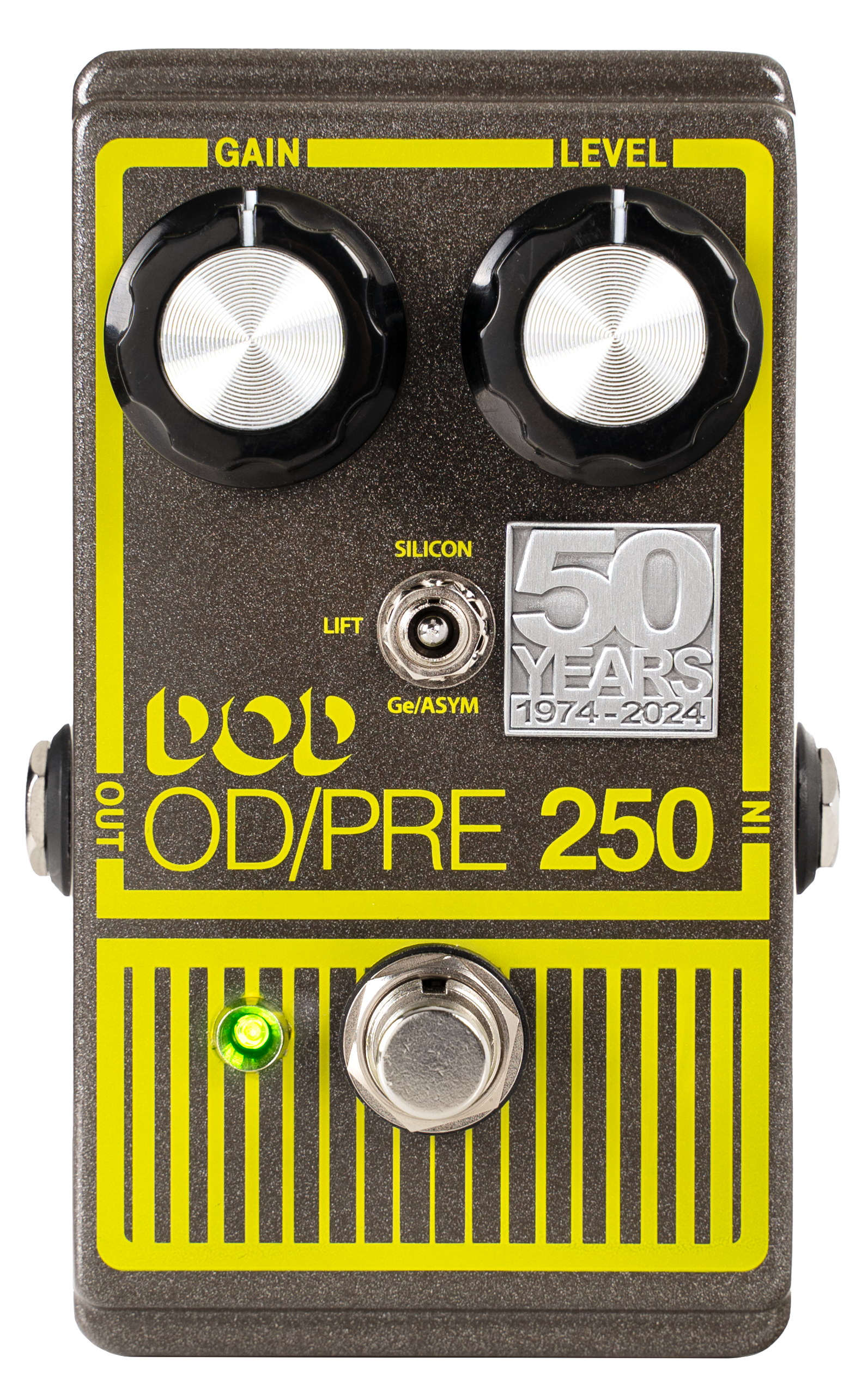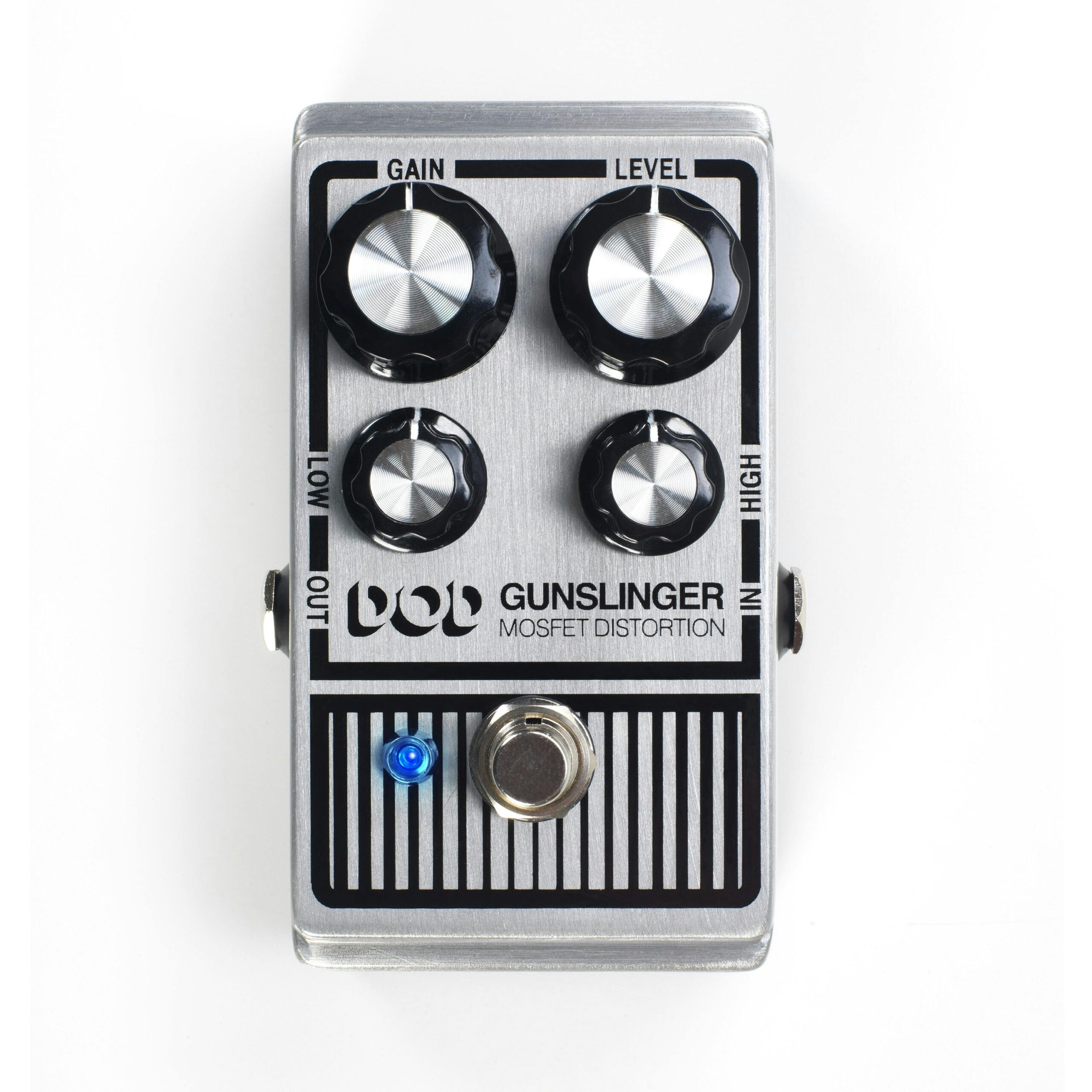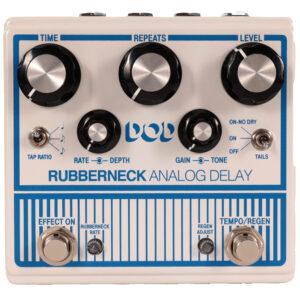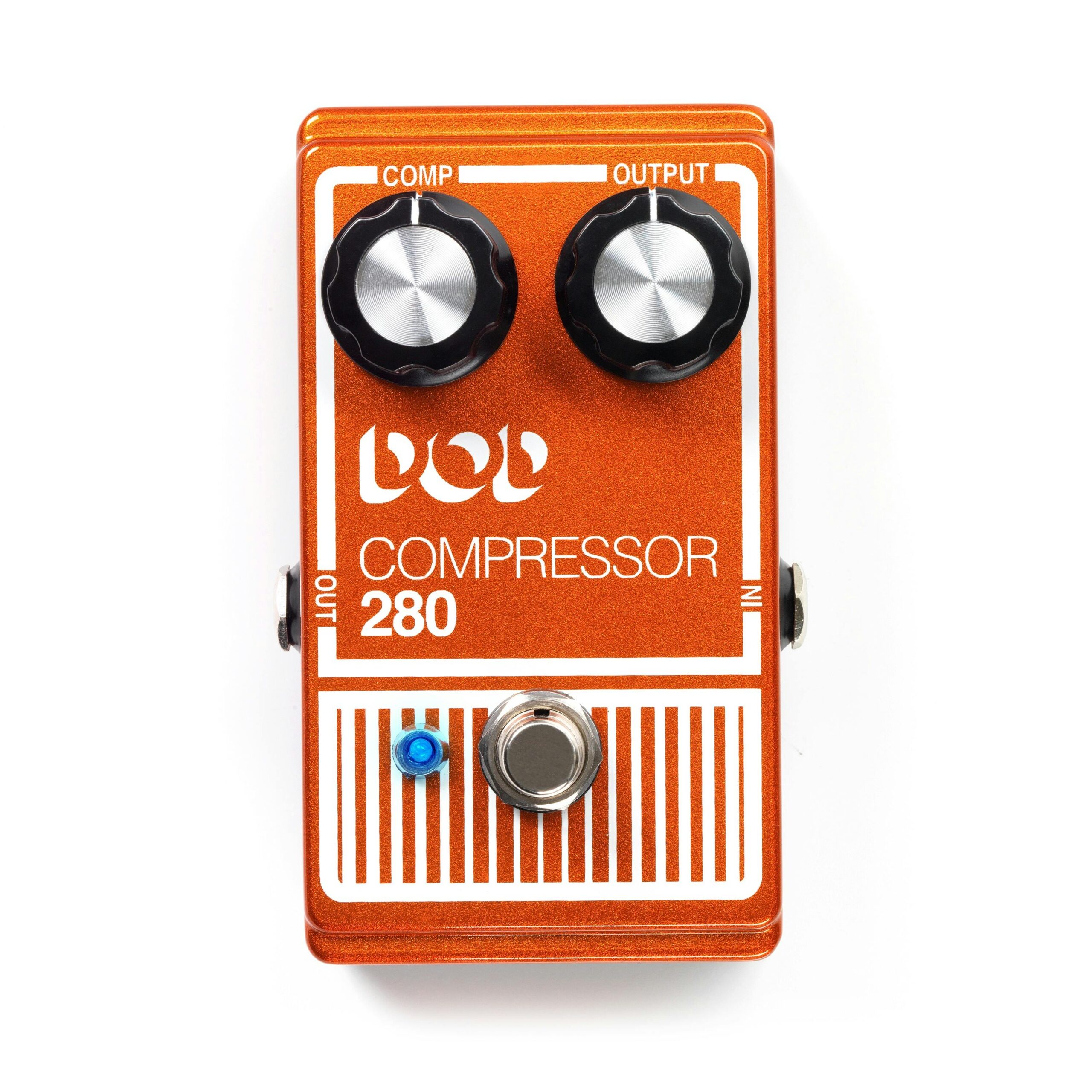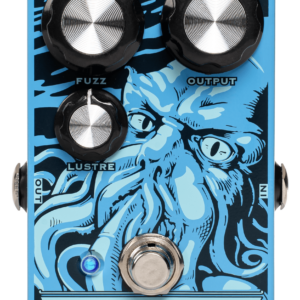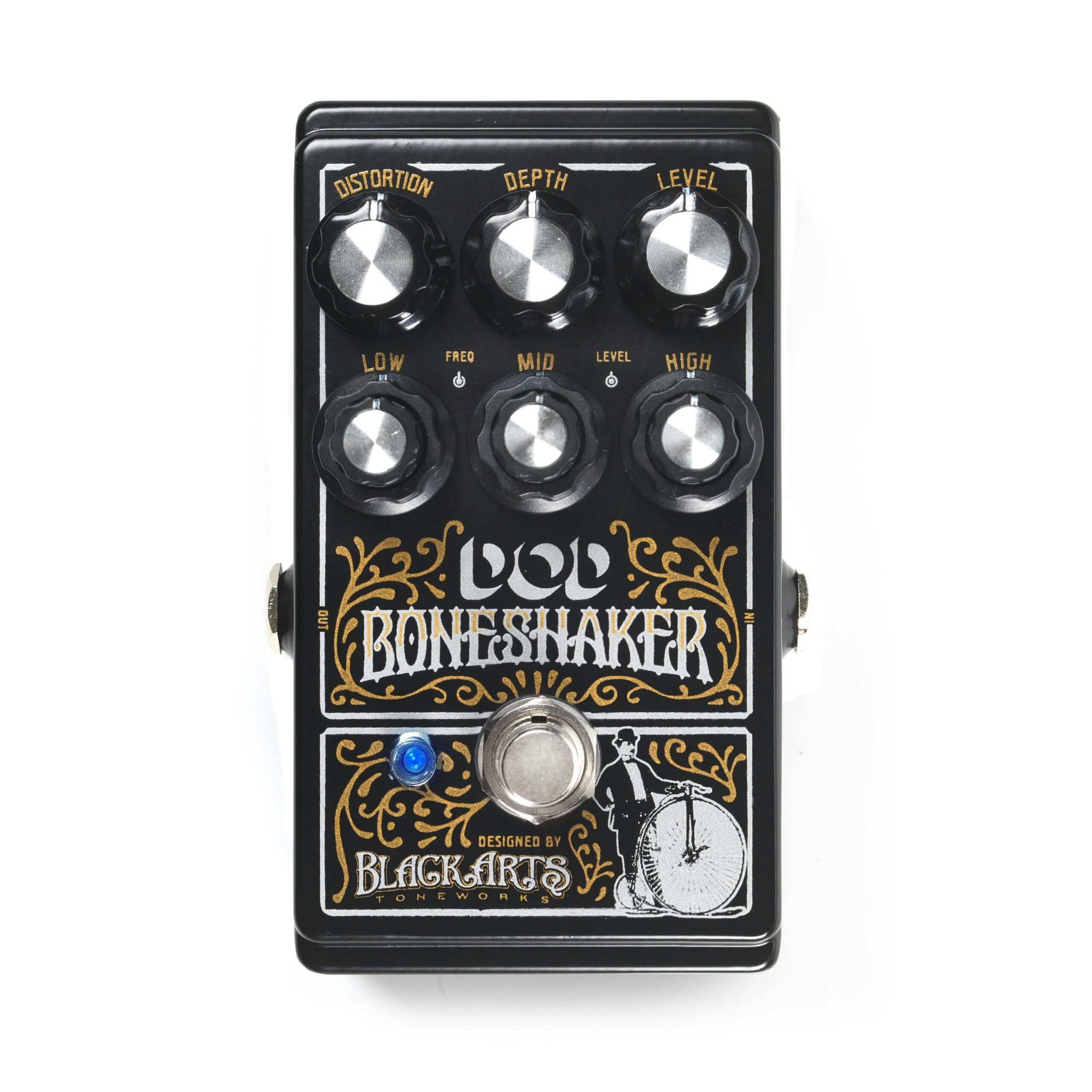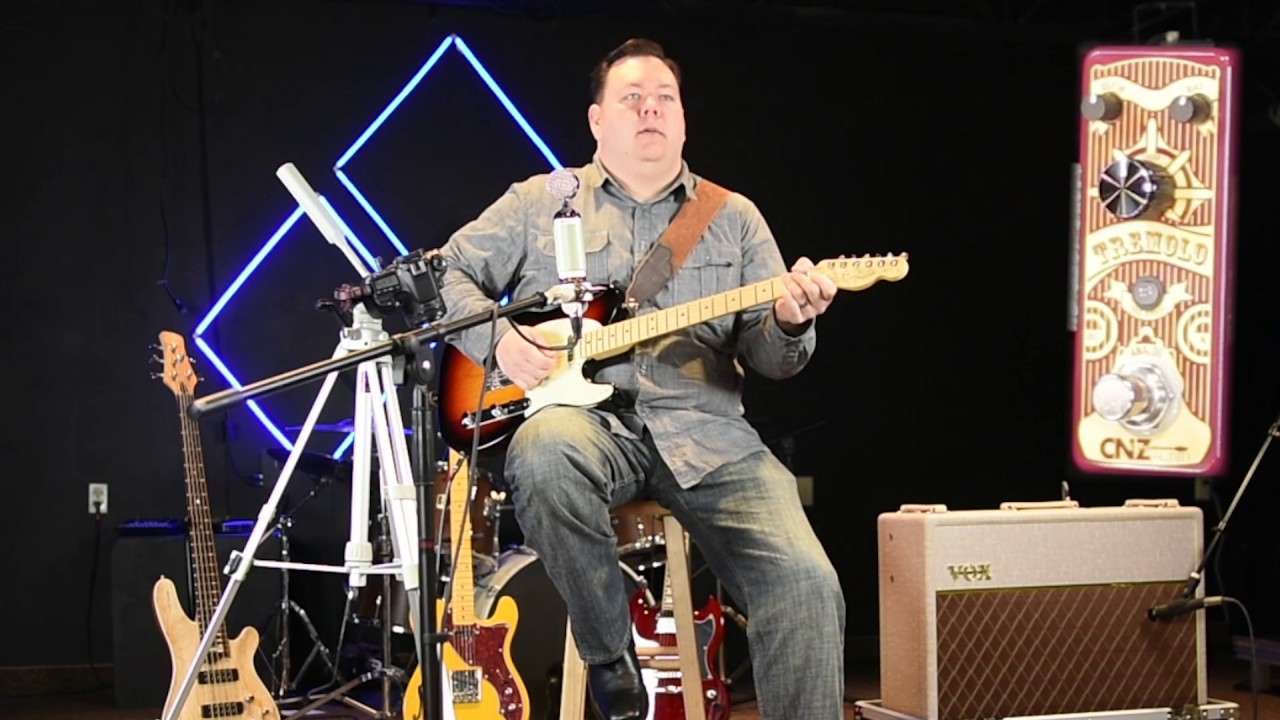Description
The DOD Overdrive Preamp 250 50th Anniversary Drive Pedal is currently retailing at £209 and it is in stock. Available to be delivered to you by post direct (some charge may apply).The team at Just Pedals think that DOD nailed it with the DOD Overdrive Preamp 250 50th Anniversary Drive Pedal. DOD Overdrive Preamp 250 50th Anniversary Drive Pedal
We have new and used DOD musical equipment available on our website for fast direct delivery from sellers across the UK & Europe.
DOD, which stands for “David Oreste Di Francesco” and “Overdrive Distortion,” is a sister brand to DigiTech and has a long history of producing analogue effects pedals.
DOD – Iconic Sound, Legendary Effects
DOD (Department of Distortion) has been a staple in the world of guitar effects since the 1970s. Known for their bold, distinctive tones, pedals like the DOD Overdrive/Distortion 250 and Envelope Filter have earned a reputation for shaping the sound of rock, funk, and beyond.
With a focus on aggressive tones and innovative designs, DOD pedals deliver classic, punchy distortion and modulation effects that have stood the test of time. Whether you’re after that signature overdrive or unique filter sounds, DOD continues to be a go-to brand for musicians seeking iconic, no-nonsense effects.
Drive is a type of effect that adds gain and distortion to your instrument’s signal, typically to create a warm, overdriven tone. It’s commonly used to push an amp or pedal beyond its clean capacity, producing a richer, more saturated sound. Drive pedals are known for offering a range of tones, from light and subtle overdrive to full-on distortion, depending on the settings.
Drive pedals generally have controls for gain (which determines how much distortion is applied), tone (which adjusts the bass, mids, and treble), and volume (to balance the output level). They’re essential for genres like rock, blues, and metal, where varying degrees of overdrive are needed to enhance the musical performance. Popular drive pedals like the Ibanez Tube Screamer, Pro Co Rat, and Fulltone OCD are celebrated for their versatility, allowing players to shape their sound with precision while maintaining the character of their instrument.
Just Pedals is a new Guitar Effect Pedals Marketplace – We feature new and used Guitar Effect pedals from different sellers, to purchase online from the UK.
We checked and good news we have it in stock, it has your name on it.
Order today and we will have it with you in a jiffy !
Just the latest videos
Just related products
£215.00
50th Anniversary Limited Edition Hand-built in the USA! The most versatile and expressive 250 in history Instant collector’s item Includes a limited-edition 50th Anniversary custom laser-etched aluminum pedal topper with hex wrench
6% Off £24.36 £22.90
Versatile Overdrive/Distortion Blend: Seamlessly shift from warm, classic overdrive to edgy, modern distortion—or mix them to create your signature tone using the intuitive blend dial Precision Tone Shaping: Dial in your perfect sound with dedicated …
read more
£36.60
Gain controls the amount of distortion, from just a touch of grit to all-out grind. Level dials in some subtle body for "always on" performance or huge amounts of boost for boosting solos above a dense stage mix. With the Gain all the way down, crank…
read more
£25.15
Enhance your guitar's sound with this high-quality Overdrive pedal. With multiple modes and adjustable knobs, it offers a wide range of tones and effects to suit your playing style and preferences. This Guitar Overdrive Pedal features two voice modes…
read more
£65.99
JRC4558 IC based pedal Symmetrical overdrive adds edge and gain without compromising tone Volume and Drive take it from sweet to searing while Tone lets you dial in just the right amount of bite to cut through the mix True bypass
